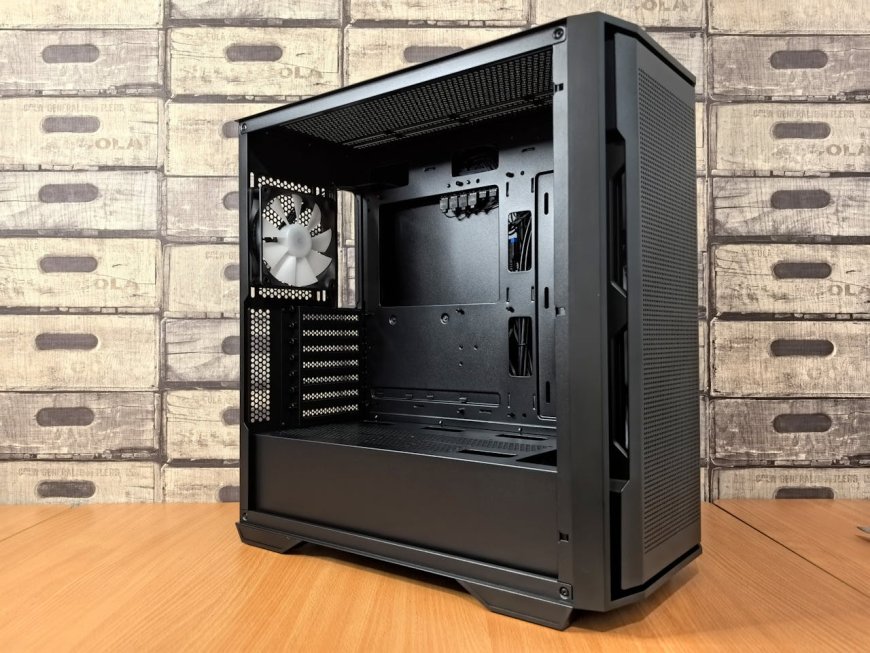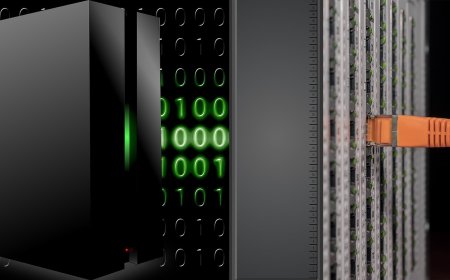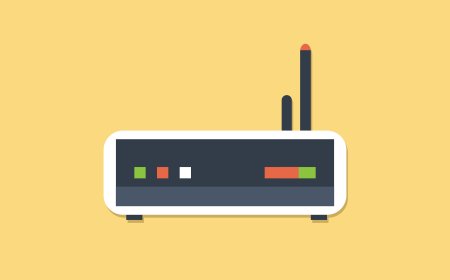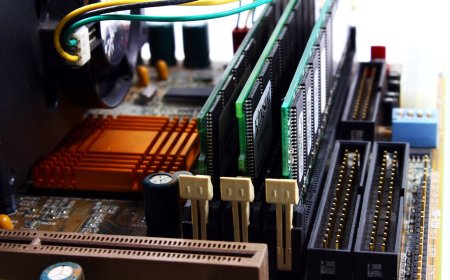Understanding PC Form Factors: A Complete Guide for Beginners
When you're building or upgrading a computer, one of the most important — yet often overlooked — considerations is the form factor. This technical term refers to the physical size, layout, and design of hardware components, especially the motherboard and case. Choosing the right form factor can affect everything from compatibility to airflow, expansion options, and even aesthetics. we'll break down what a PC form factor is, why it matters, and the pros and cons of each popular type.

-
What Is a Form Factor in a PC?
In the PC world, form factor refers to the standardized dimensions and layout of components such as:
-
Motherboards
-
Power supplies
-
Cases
-
Hard drives or SSDs
These standards ensure that components from different manufacturers can work together seamlessly. The form factor impacts what kind of case you can use, how many components you can install, and how easy it is to build or upgrade your system.
-
-
Why Does Form Factor Matter?
Choosing the right form factor is crucial because it affects:
-
Compatibility (will the motherboard fit in your case?)
-
Expandability (how many RAM slots or PCIe slots are available?)
-
Cooling and airflow
-
Aesthetics and space requirements
-
Future upgrades
-
-
Common PC Form Factors Explained
Let’s look at the most widely used motherboard form factors — these often determine the form factor of the rest of your build.
i. ATX (Advanced Technology eXtended)
ATX (Advanced Technology eXtended) is a motherboard and power supply specification developed by Intel in 1995. It standardizes the size, layout, and mounting points of components inside desktop computers. The most common ATX motherboard measures 305 mm × 244 mm (12 in × 9.6 in). ATX offers better airflow, easier component upgrades, and improved power management compared to older standards like Baby AT. Variants include microATX and miniATX for smaller form factors.
-
Size: 12 x 9.6 inches (305 x 244 mm)
-
Best for: Gaming PCs, workstations, enthusiast builds
-
Pros:
-
Multiple PCIe slots
-
More RAM slots (usually up to 4 or more)
-
Better cooling options
-
-
Cons:
-
Larger size requires a mid-tower or full-tower case
-
ii. Micro-ATX (mATX)
Micro-ATX (mATX) is a smaller motherboard form factor based on the ATX standard, measuring 244 mm × 244 mm (9.6 in × 9.6 in). It supports most of the same features as a full-sized ATX board but with fewer expansion slots, making it ideal for compact and budget-friendly PC builds. Micro-ATX motherboards are compatible with both mATX and standard ATX cases.
-
Size: 9.6 x 9.6 inches (244 x 244 mm)
-
Best for: Budget builds, home PCs
-
Pros:
-
Cheaper than ATX
-
Fits in smaller cases
-
-
Cons:
-
Fewer expansion slots
-
Slightly more cramped layout
-
iii. Mini-ITX
Mini-ITX is a compact motherboard form factor measuring 170 mm × 170 mm (6.7 in × 6.7 in). Originally developed by VIA Technologies, it is designed for small form factor (SFF) PCs where space and energy efficiency are priorities. Mini-ITX boards typically have limited expansion options but support standard components like CPUs, RAM, and storage, making them ideal for home theater PCs, compact desktops, and embedded systems.
-
Size: 6.7 x 6.7 inches (170 x 170 mm)
-
Best for: Small form factor (SFF) PCs, compact builds
-
Pros:
-
Ultra-compact and portable
-
Great for minimalist setups
-
-
Cons:
-
Only one PCIe slot
-
Limited RAM and cooling options
-
iv. E-ATX (Extended ATX)
E-ATX (Extended ATX) is a larger motherboard form factor than standard ATX, typically measuring 305 mm × 330 mm (12 in × 13 in). It offers more space for additional features such as extra RAM slots, multiple GPU support, and advanced cooling solutions. E-ATX is ideal for high-end workstations, gaming rigs, and enthusiast builds but requires a full-tower case due to its larger size.
-
Size: 12 x 13 inches (305 x 330 mm)
-
Best for: High-end workstations, extreme gaming PCs
-
Pros:
-
Maximum expansion and connectivity
-
Ideal for dual GPU setups or large amounts of RAM
-
-
Cons:
-
Expensive and massive — needs a full-tower case
-
-
-
PC Case Sizes and Compatibility
Your PC case must match your motherboard form factor. Here's a quick compatibility guide:
Case Type Supports Form Factors Full Tower ATX, Micro-ATX, Mini-ITX, E-ATX Mid Tower ATX, Micro-ATX, Mini-ITX Mini Tower Micro-ATX, Mini-ITX Small Form Mini-ITX only Always check case specifications before buying to ensure a good fit!
-
How to Choose the Right Form Factor
Here are a few tips to help you decide:
-
Budget-conscious? Micro-ATX is affordable and widely supported.
-
Want a compact setup? Go with Mini-ITX for a portable or minimalist build.
-
Need lots of power and expandability? ATX or E-ATX is the way to go.
-
First-time builder? ATX motherboards offer a balance of space and features.
-
What's Your Reaction?
 Like
0
Like
0
 Dislike
0
Dislike
0
 Love
0
Love
0
 Funny
0
Funny
0
 Angry
0
Angry
0
 Sad
0
Sad
0
 Wow
0
Wow
0





























